(NLDO) - Some cold meteorites that fell to Earth have helped scientists find the original shape of the Solar System. It was a shocking result.
A research team led by planetary scientist Bidong Zhang from the University of California Los Angeles (UCLA - USA) analyzed iron meteorites from the far reaches of the Solar System and discovered the mystery of the "cradle" where the Earth was born.
Surrounding young stars - including our Sun 4.6 billion years ago - is a giant disk of protoplanets.
It was a disk of gas and dust where protoplanets were conceived, collided, broke apart, and gradually coalesced into larger clumps that settled into today's planets, including Earth.
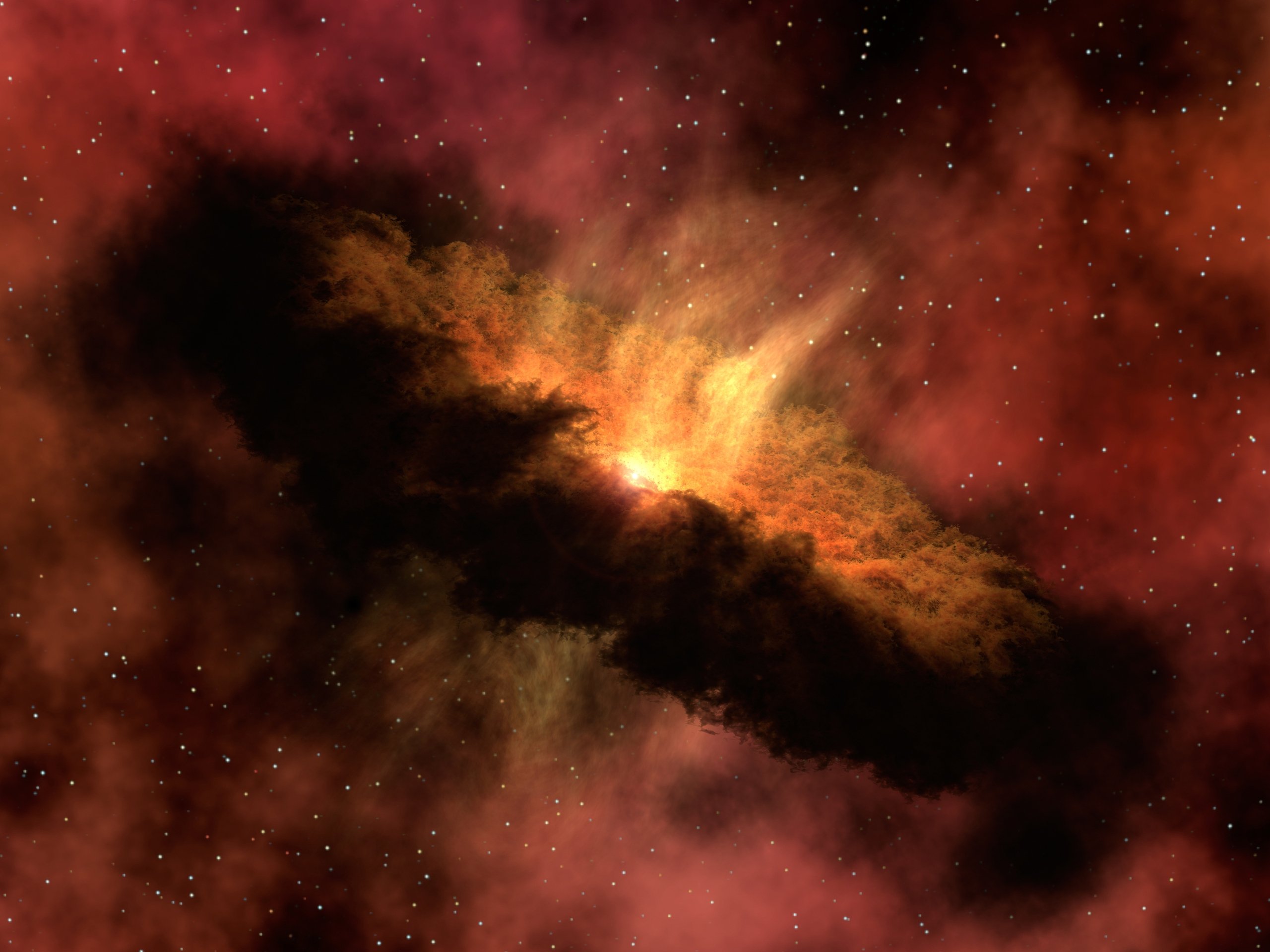
This graphic depicts a star with an unusually thick, almost toroidal protoplanetary disk that scientists believe the early Solar System possessed - Photo: NASA
Previously, descriptions of the protoplanetary disk of the Solar System were often based on a few observations from a few young star systems that humanity could faintly access through telescopes.
The disk has since been described as a large, flat, thin belt of gas and dust.
However, the iron meteorites analyzed by Dr. Zhang and his colleagues tell a different story.
According to the paper published in the journal Proceedings of the National Academy of Sciences , they are rocks that have traveled a long way to Earth from the outer Solar System, the region beyond Jupiter's orbit, which is dominated by the giant gas planets.
These meteorites are richer in refractory metals than those found in the inner solar system, home to Mercury, Venus, Earth and Mars.
Compositional analysis shows that these meteorites could only have formed in very hot environments such as those close to a forming star.
That means they were originally formed in the inner Solar System, then gradually moved outward.
But there’s a catch: If the Sun’s protoplanetary disk were anything like the disks we see around other young stars, there would be a lot of gaps. Because as planets began to form, it would have turned the disk into a series of concentric rings, with each gap being a place where a ring of gas and dust would coalesce into a planet.
There is no way the asteroids could have crossed that gap. There is only one possibility: The Sun's protoplanetary disk must have been different.
According to models, this type of asteroid migration could occur most easily if the protoplanetary structure was toroidal, like a doughnut.
This would have sent metal-rich objects toward the outer edges of the forming Solar System.
Only later, as the protoplanetary disk cooled, did it begin to flatten. By that time, Jupiter—the first and largest planet—had formed sufficiently, creating a large gap that prevented metals like iridium and platinum from getting back in.
These metals were then carried into meteorites that had already traveled outwards. These meteorites were also trapped in this cold region due to the presence of large planets.
However, some of them found their way to land on Earth.
Source: https://nld.com.vn/trai-dat-ra-doi-tu-the-gioi-mang-hinh-chiec-banh-196240701082534505.htm









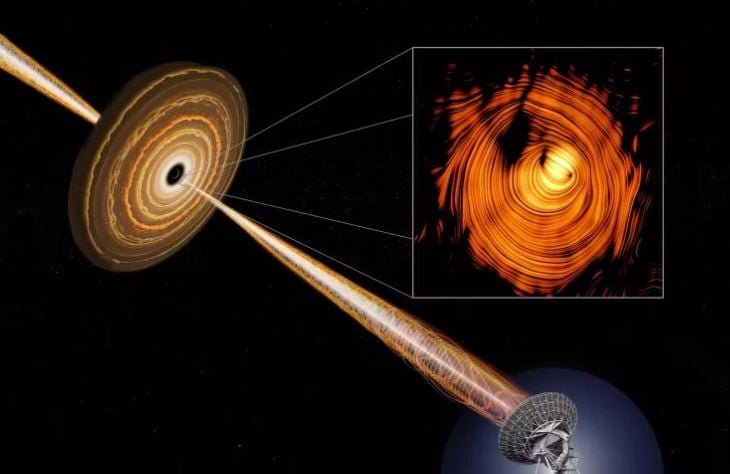

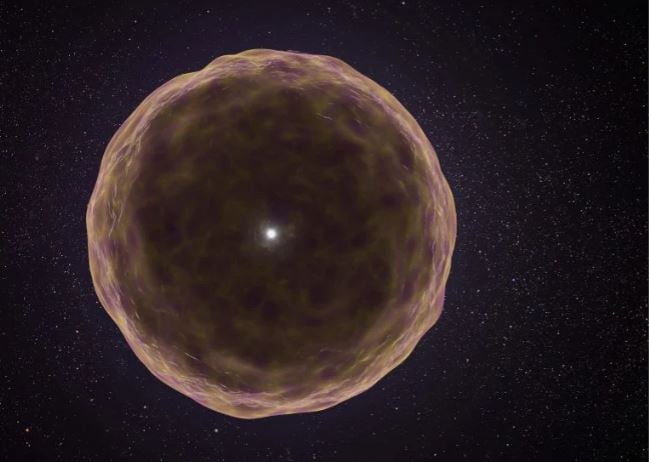
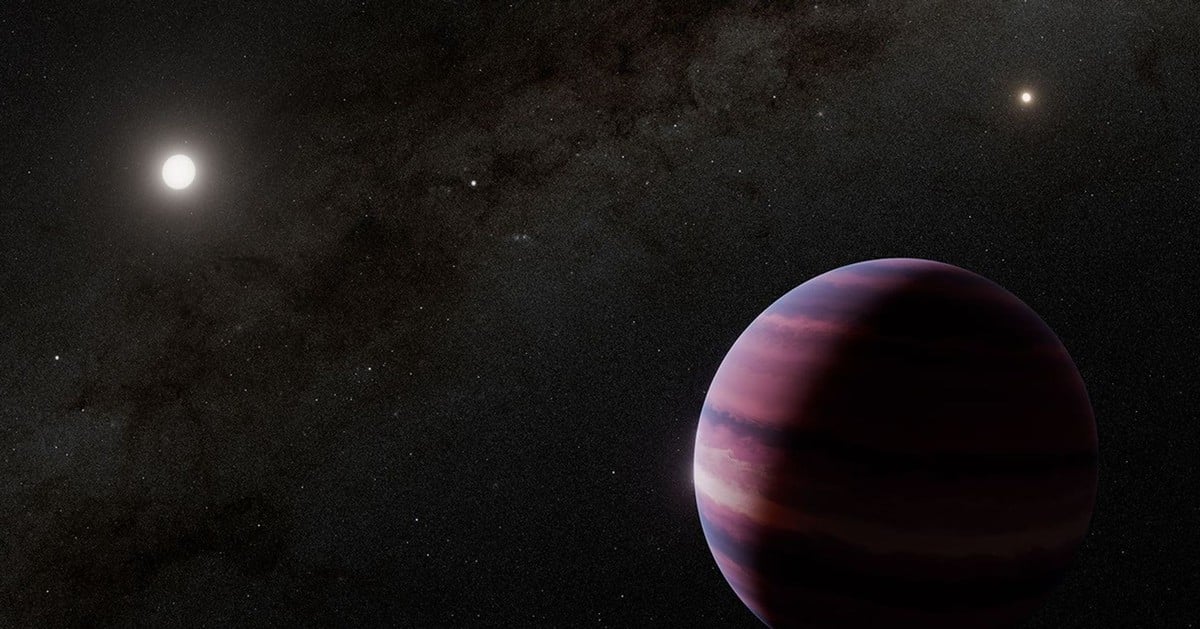

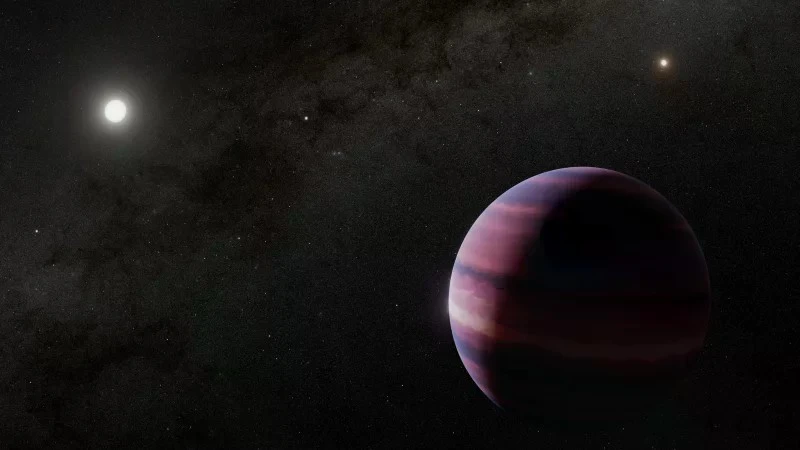



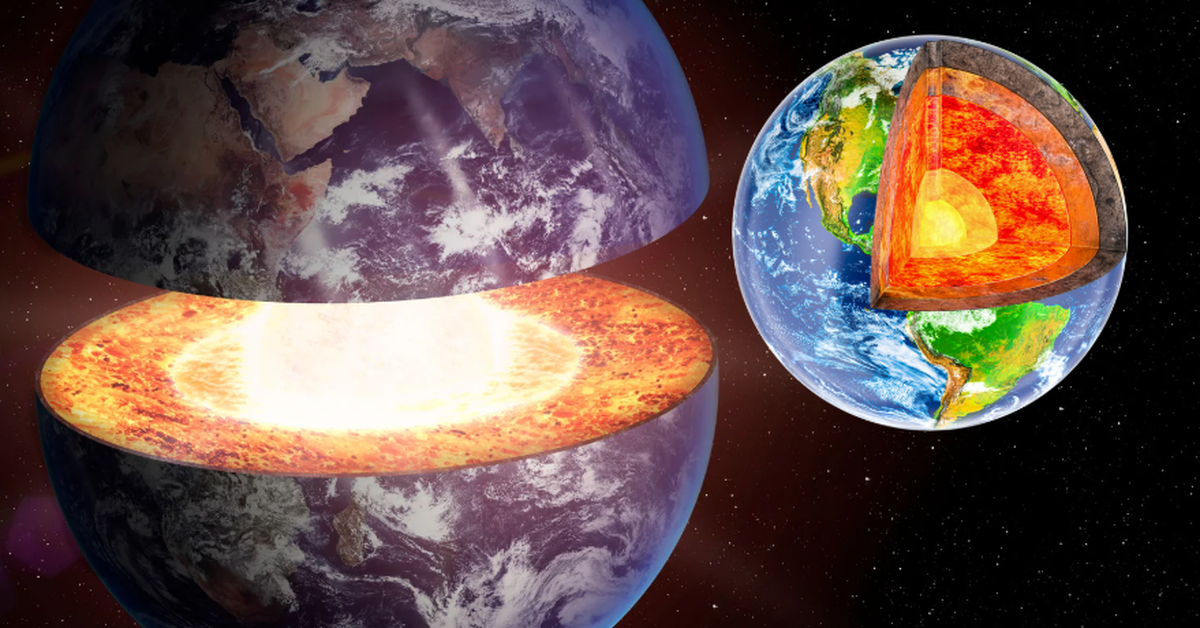
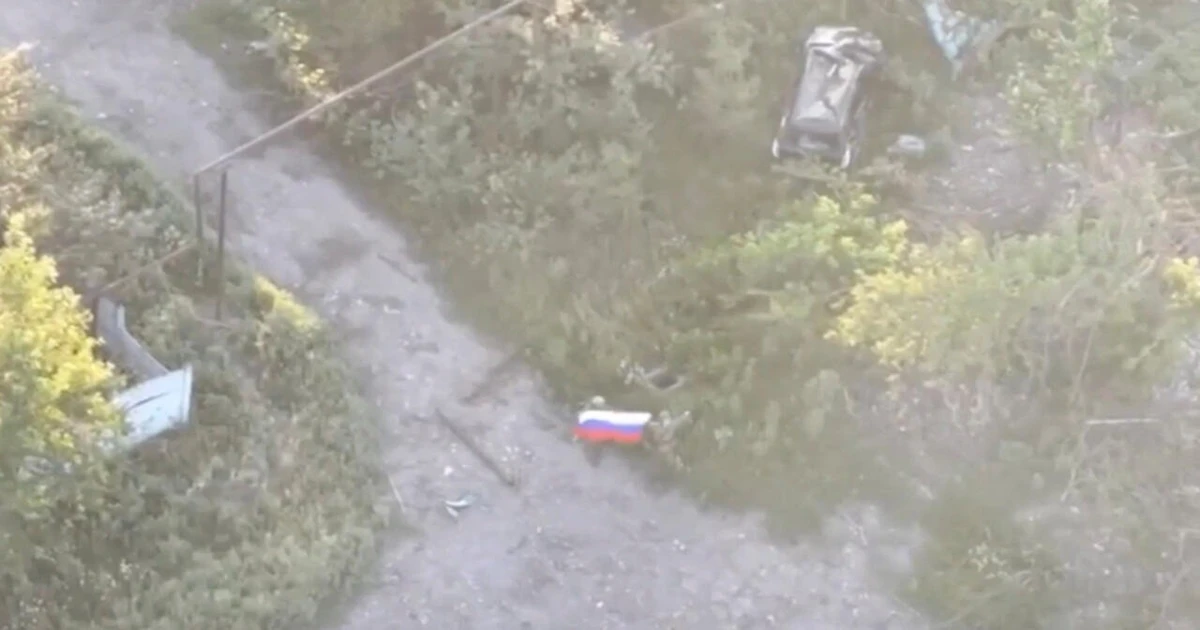




















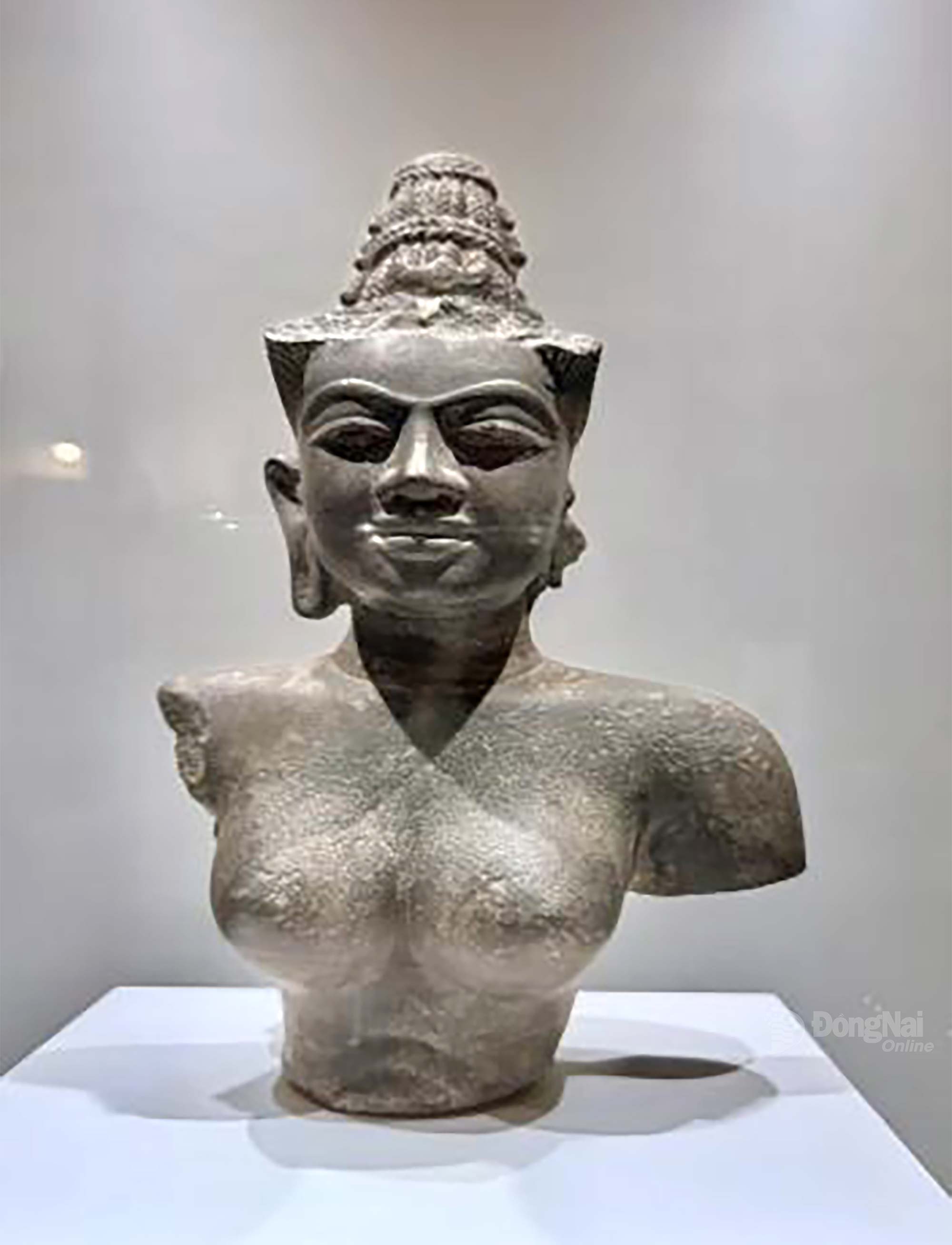




























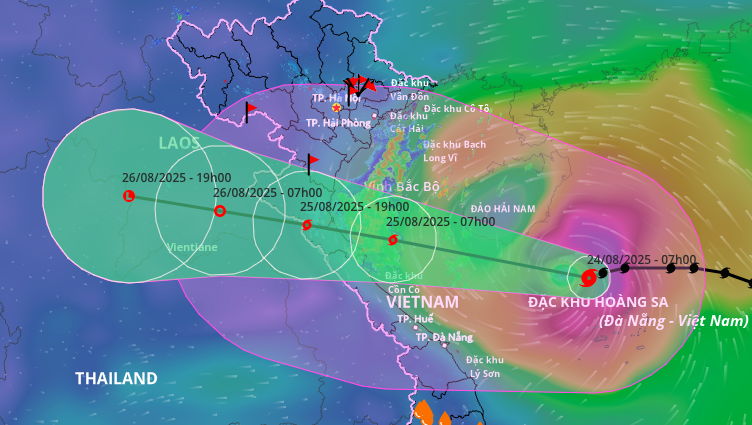

















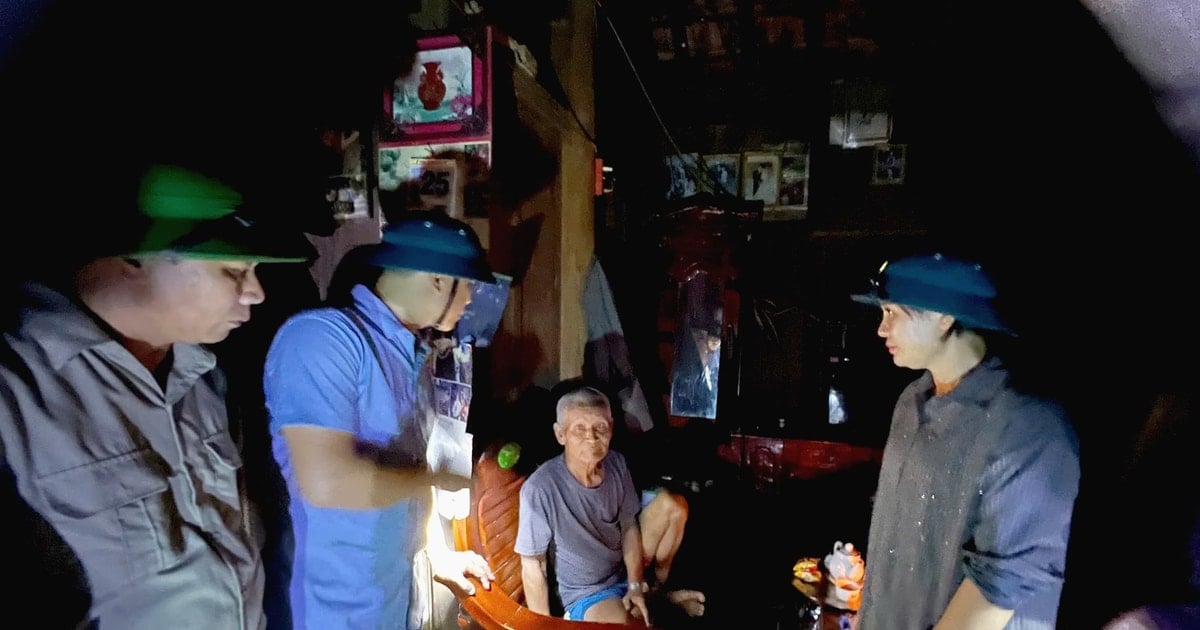


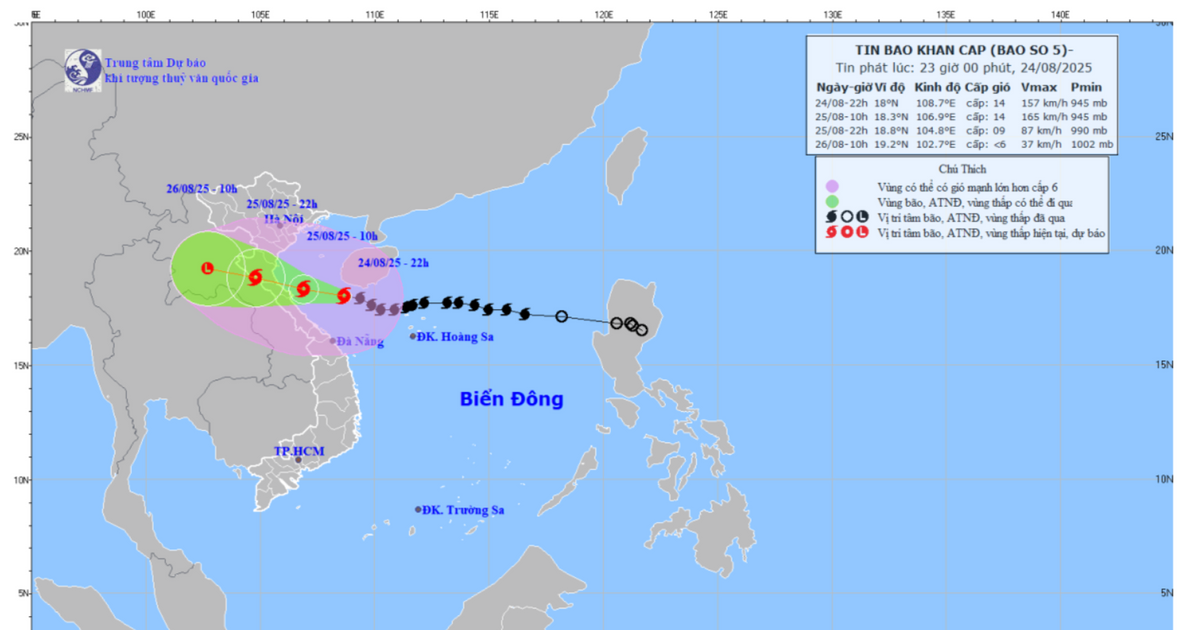
















Comment (0)